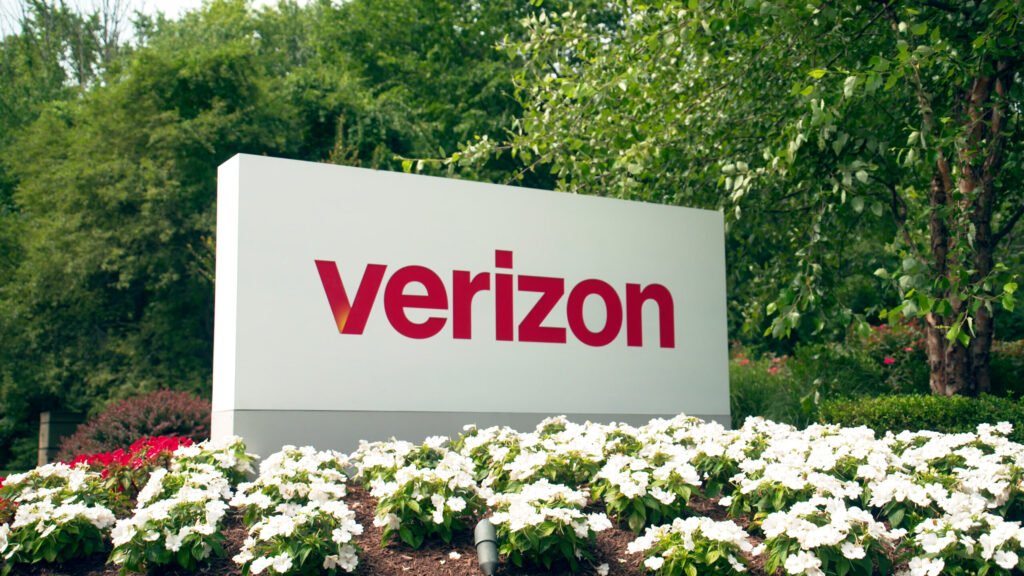Just four years ago, Verizon was trialing 800 Gbps; now it is hitting 1.6 Tbps
Verizon is prepping its network for the higher speed and capacity demand expected to be generated by artificial intelligence workloads, with a recent metro trial achieving speeds of 1.6 terabits per second (Tbps).
The 1.6 Tbps trial in Verizon’s live fiber network took place in the Boston metropolitan area, using a single-carrier wavelength and Ciena’s WaveLogic 6 Extreme (WL6e) coherent optical solution. It took place over a 118-kilometer metro fiber route consisting of 10 hops, according to the carrier, and the route passed through nine reconfigurable optical add-drop multiplexers (ROADMs). Verizon said that the trial confirmed performance of 1.6 Tbps in a “flexible, dense ROADM environment.”
“AI is contingent on analyzing billions of data points in real-time on an ongoing basis. Because of the massive, multi-year transformation on Verizon’s network including deploying cloud native architecture from the core to the edge, deploying massive amounts of high-performing spectrum, exponentially increasing the capacity of our fiber infrastructure and deploying advanced technologies and intelligence throughout the network, Verizon’s network provides the ability to power the processes and movements of AI-generated activity,” said Adam Koeppe, Verizon’s SVP of technology strategy and planning. “This continued advancement of our fiber network will further position us to be the provider of choice for AI workloads now and in the future.

Verizon also highlighted that the upgrade to the Ciena equipment that can handle 1.6 Tbps will result in “higher reliability and significant energy savings in that portion of the fiber network.”
Ciena estimates that its WL6e provides power efficiency that equates to an 86% reduction in emissions per per terabit of capacity delivered, compared to previously deployed technology.
For context, Verizon was able to do similar testing for 800 Gbps on a single wavelength in 2020. Now, four years later, it is trialing double that speed at 1.6 Tbps.
A survey from Ciena published earlier this year revealed the dual nature of the potential impact of artificial intelligence on telecom networks.
On one hand, more than half of the telecom and IT engineers surveyed reported that they thought the use of AI would improve network operational efficiency by 40% or more—let’s call that the “AI for the network” aspect. But when asked about the needs of the other aspect, “the network for AI”, nearly all of the respondents—99%—said that they believed fiber network upgrades will be required in order to support more AI traffic.
“AI infrastructure challenges lie in cost-effectively scaling storage, compute, and network infrastructure, while also addressing massive increases in energy consumption and long-term sustainability,” wrote Brian Lavallée, senior director of market and competitive intelligence at Ciena, in a blog post earlier this year. He pointed out that “Traditional cloud infrastructure success is driven by being cost-effective, flexible, and scalable, which are also essential attributes for AI infrastructure. However, a new and more extensive range of network performance requirements are needed for AI.”
That includes both within the data center and outside it. Lavallée cited numbers from Omdia on expected traffic growth for AI, with monthly “AI-enriched” network traffic expected to see a 120% compound annual growth rate through 2030. He also touched upon the needs of generative AI to move massive amounts of data within a data center, over links operating at 400G, 800G and 1.6 Tbps or more. Ciena has had two other recent trials of 1.6 Tb/s capabilities, one with Telstra and Ericsson and another with global fiber backbone provider Arelion.
While the power needs and intensive high-speed links within the data centers are already becoming apparent, it is less certain what the needs of the rest of the network will be. As Lavallée told RCR Wireless News, while there are some estimates on the overall traffic impact that AI may have, that still leaves some significant uncertainty about exactly where in the network, and by how much, data transmission capacity will need to be bolstered. In metro rings? In long-haul links? Across submarine cables? That breakdown isn’t known yet. And Lavallée makes the point in his post that “AI will only scale successfully if data can move securely, sustainably, and cost-effectively” from core data centers to edge data centers.

